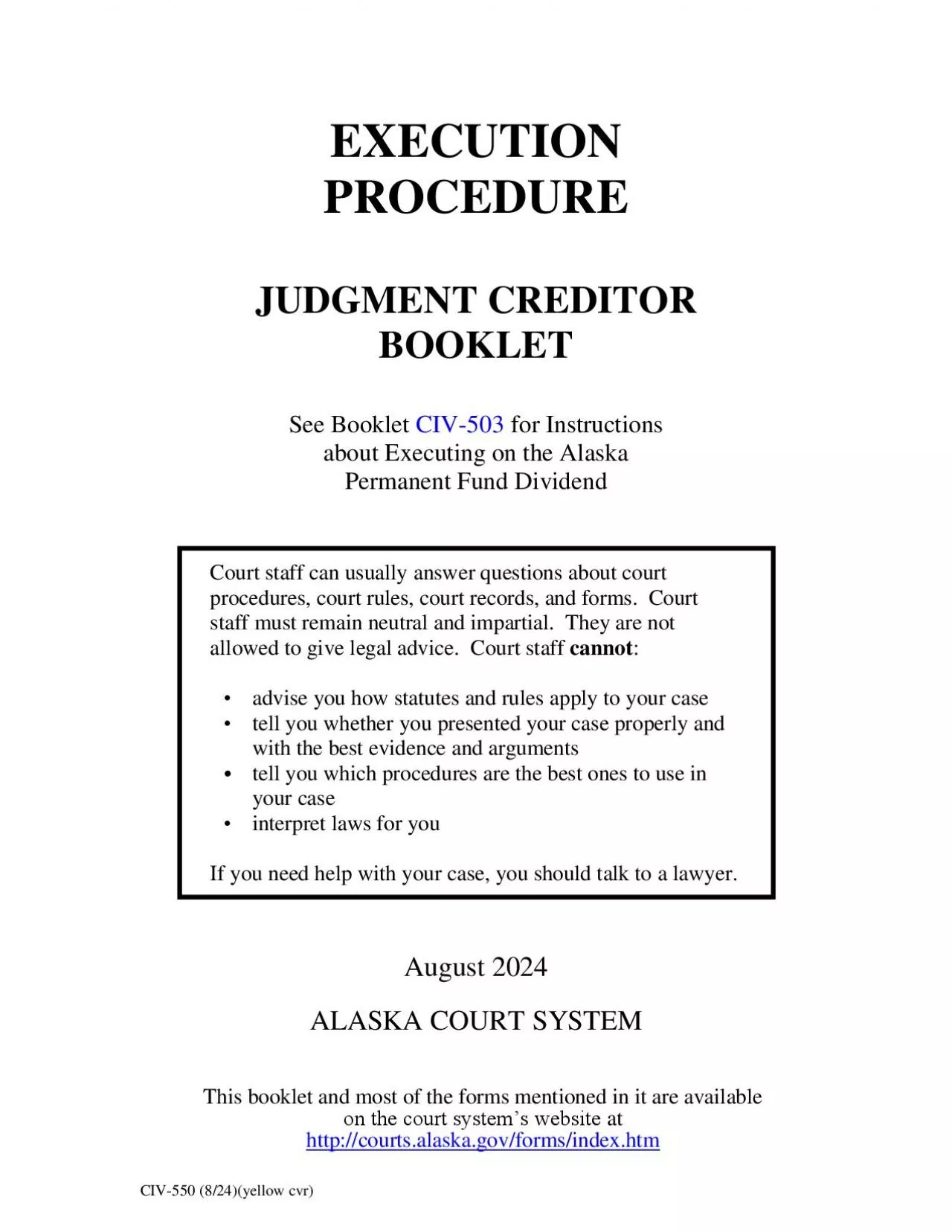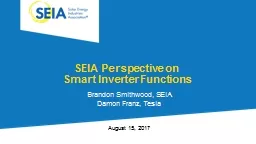PDF-yellow cvr
Author : erica | Published Date : 2021-10-02
CIV550 1118EXECUTIONPROCEDUREJUDGMENTCREDITORBOOKLETSee Booklet CIV503ForInstructions About Executing On The AlaskaPermanent Fund DividendCourt staff generally can
Presentation Embed Code
Download Presentation
Download Presentation The PPT/PDF document "yellow cvr" is the property of its rightful owner. Permission is granted to download and print the materials on this website for personal, non-commercial use only, and to display it on your personal computer provided you do not modify the materials and that you retain all copyright notices contained in the materials. By downloading content from our website, you accept the terms of this agreement.
yellow cvr: Transcript
Download Rules Of Document
"yellow cvr"The content belongs to its owner. You may download and print it for personal use, without modification, and keep all copyright notices. By downloading, you agree to these terms.
Related Documents














